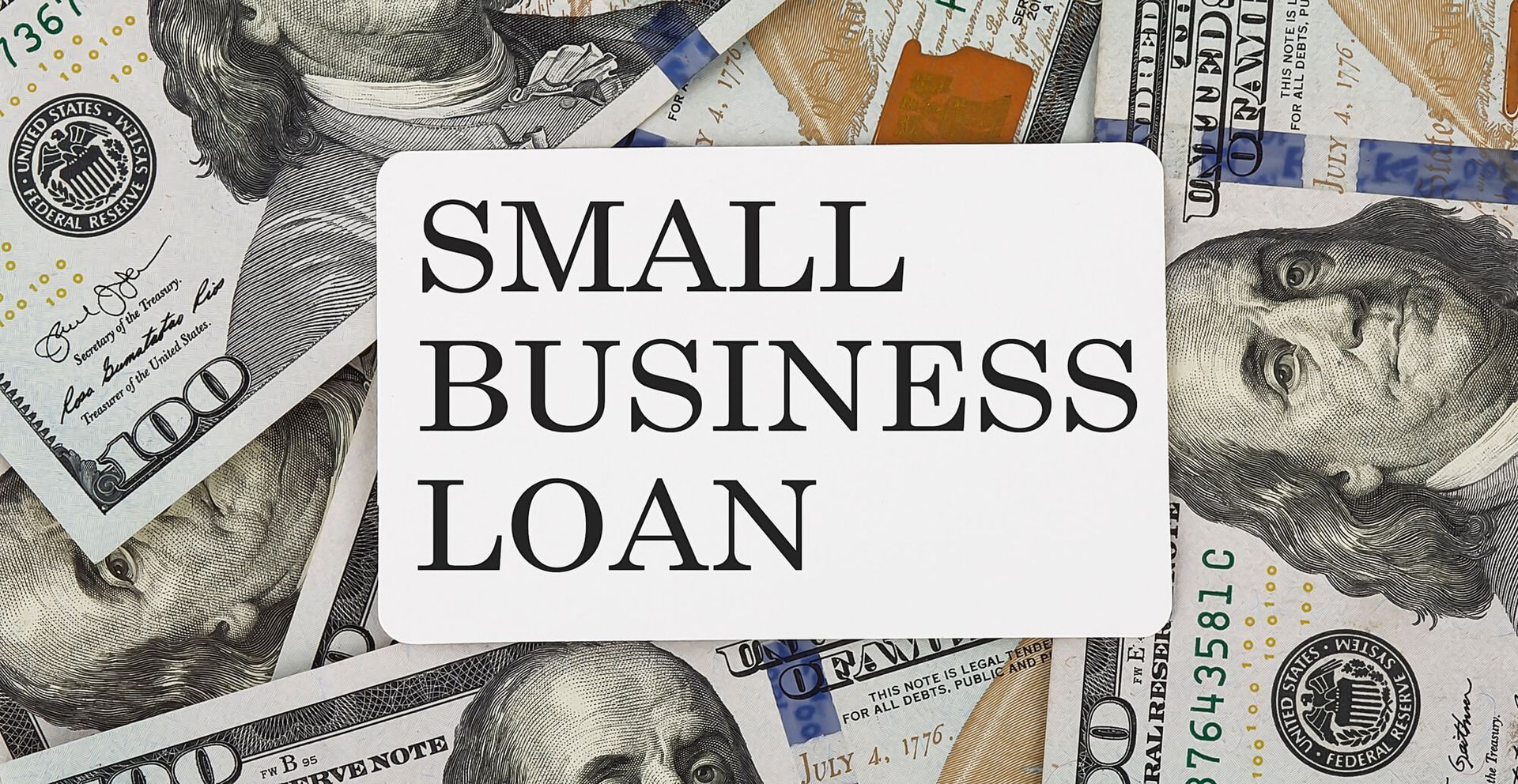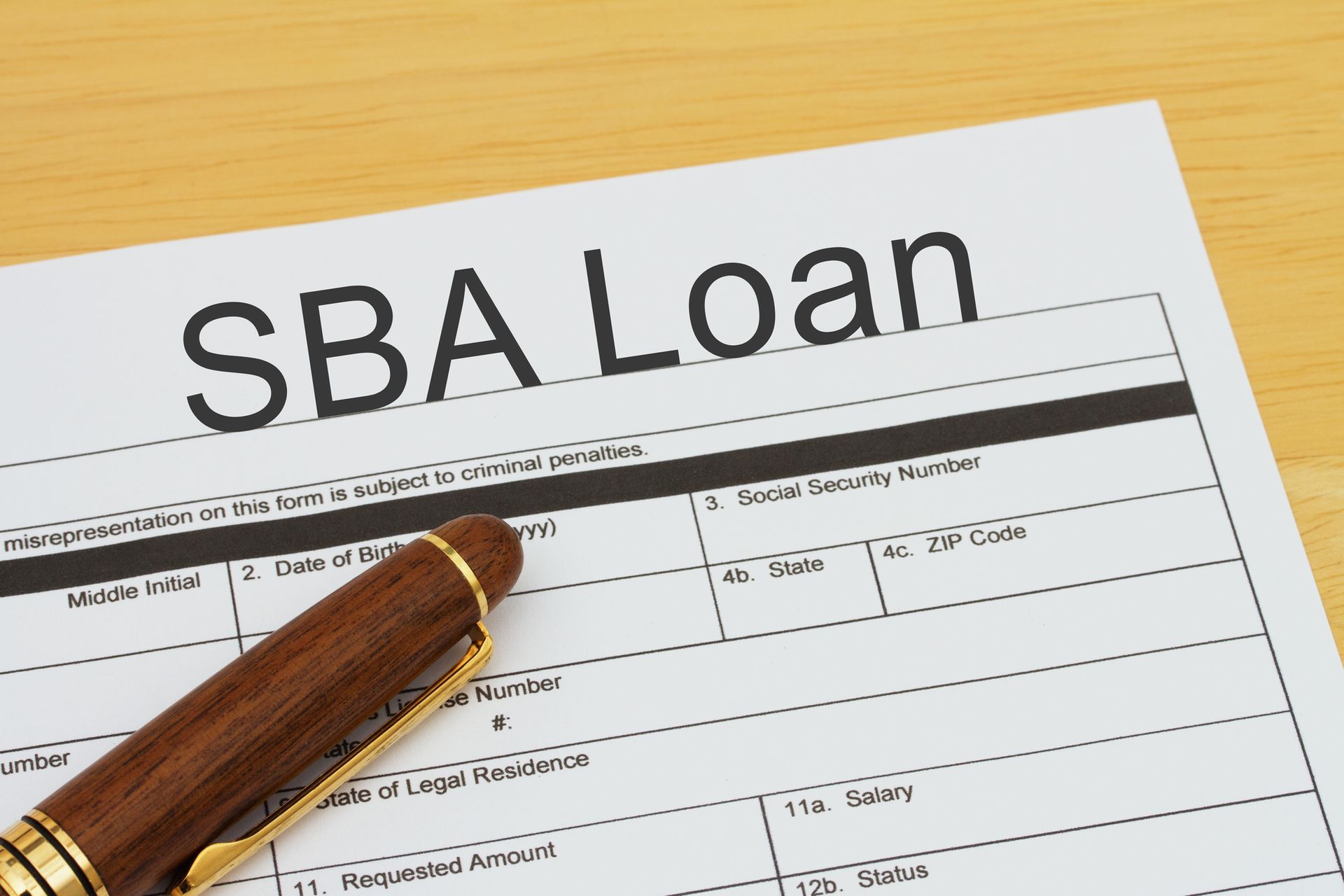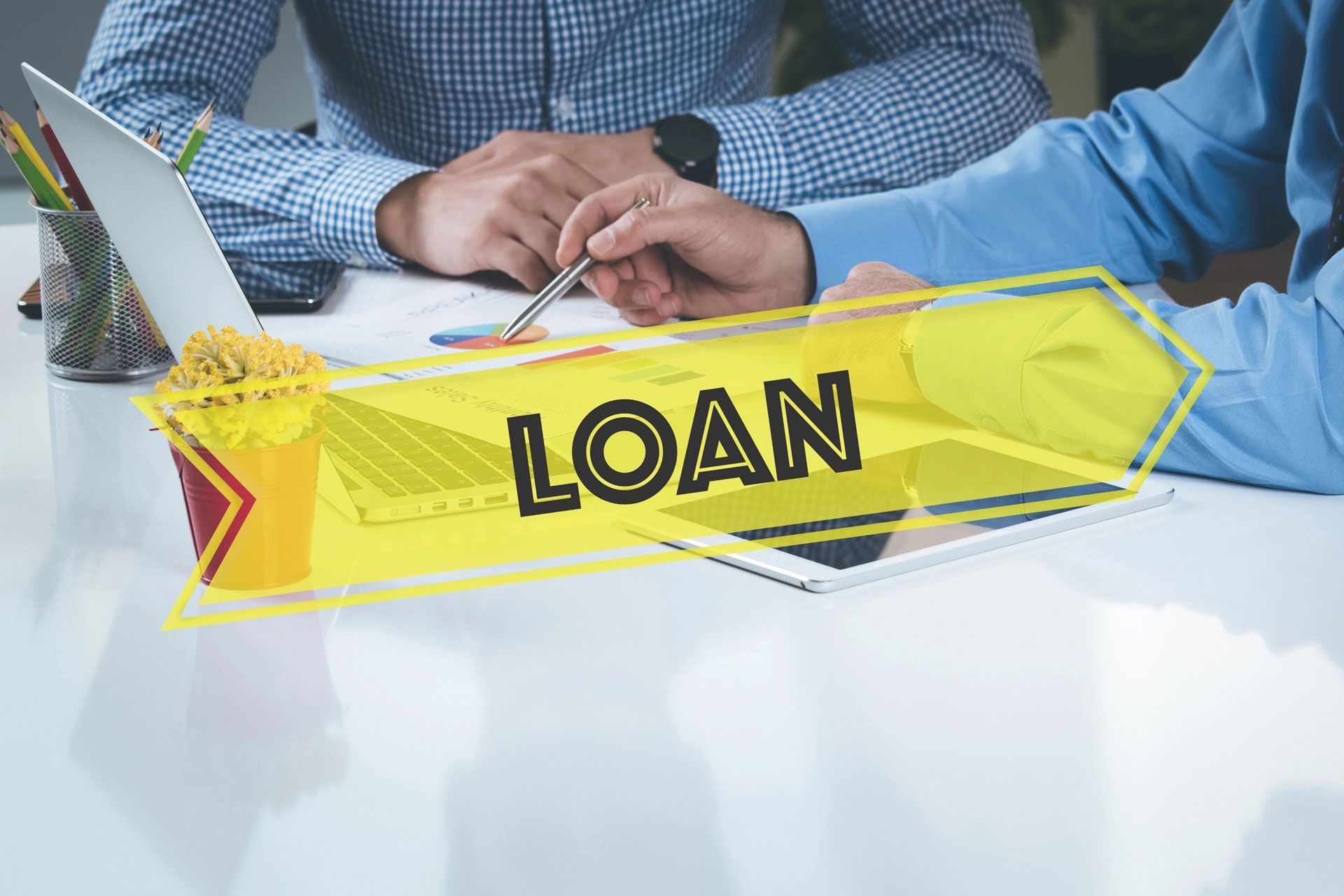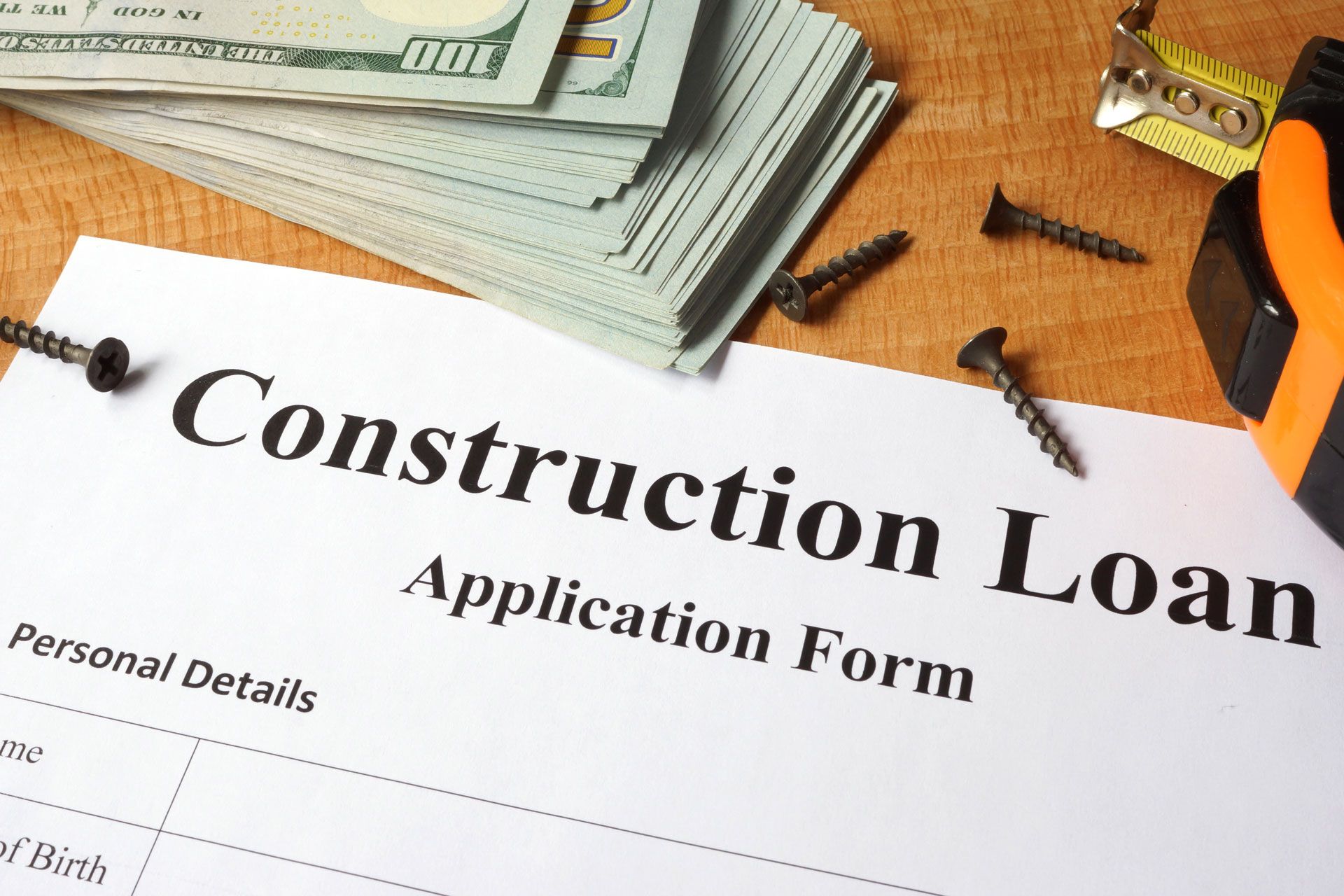What Happens If You Default On An SBA Loan?
For many small business owners, securing a loan through the U.S. Small Business Administration (SBA) can be a pivotal step towards growth and stability. SBA loans are appealing due to their relatively low interest rates and flexible repayment terms, making them an attractive option for entrepreneurs looking to expand operations or manage cash flow. However, despite the benefits what happens if you default on SBA loan?
At Whittmore Briley, we regularly guide our clients through the complexities of various financing options, including SBA loans. We ensure you understand not only the benefits but also the potential repercussions of your financial decisions.
Defaulting on an SBA loan is a serious matter that can have long-lasting effects on both your business's financial health and your personal financial situation. It is crucial to understand what default means, the consequences it brings, and how it can alter the course of your business's future.
Let us explore the implications of failing to meet the obligations of an SBA loan, the process that follows a default, and strategies to avoid such a predicament.
Understanding SBA Loans
Before delving into the consequences of defaulting, it is important to grasp what SBA loans are and why they are a significant tool for small businesses. The SBA does not directly lend money; instead, it guarantees loans provided by participating lenders, typically banks.
This guarantee reduces the risk for lenders, enabling them to offer more favorable terms to businesses that might not qualify for traditional bank loans. SBA loans can be used for a variety of purposes, including but not limited to purchasing equipment, acquiring real estate, or simply providing working capital.
The Onset of Default
The path to default is not abrupt but rather a gradual progression that begins when a borrower starts missing payments. Initially, a loan is considered delinquent—a stage that precedes default. During delinquency, the lender will likely reach out to discuss the missed payments and explore options to rectify the situation. This period is crucial as it provides a window of opportunity for borrowers to take proactive steps and potentially avoid default.
As payments continue to be missed, the loan then shifts from being delinquent to being in default. The specifics of when a loan is officially declared in default can vary based on the lender’s policies and the terms of the loan agreement. Typically, this transition occurs after three to four months of non-payment. Once in default, the consequences become more severe and the options for resolution more limited.
The Immediate Repercussions of Default
When you default on an SBA loan, the first step your lender will take is to attempt to recover the debt. The process often begins with the seizure of collateral. Collateral can include any asset you pledged to secure the loan, such as business equipment, inventory, or even real estate. The aim is to liquidate these assets to offset the outstanding balance owed.
Moreover, if the business assets are insufficient to cover the debt, personal assets might be at risk as well. This is especially true if you signed a personal guarantee when obtaining the loan—a common practice with SBA loans. A personal guarantee means that you agree to be personally responsible for the loan if your business cannot pay it back. Thus, defaulting can expose not just your business but also your personal financial health to significant jeopardy.
At Whittmore Briley, we emphasize to our clients the importance of understanding these terms fully before agreeing to them. Knowing the stakes involved with these loans can influence your decision-making process and encourage more diligent financial management to avoid scenarios of default. Furthermore, for those considering asset-based lending as an alternative or supplement to traditional SBA loans, we provide thorough advice to navigate these options effectively, always with a clear focus on long-term financial stability and growth.
Navigating Through Default: Steps and Solutions
- Lender's Response to Default
After the initial seizure of collateral, if the proceeds from the sale of these assets do not cover the outstanding debt, the lender will proceed to invoke the SBA guarantee. This guarantee is a safety net for lenders, ensuring they recover a substantial portion of the loan amount.
The process involves the lender formally requesting the SBA to cover the defaulted amount as per the guarantee agreement. While this does relieve some immediate financial pressure from the lender, it does not absolve the borrower of responsibility.
Simultaneously, lenders may also pursue legal action to recover the remaining debt. This can involve suing the borrower for the balance or initiating other legal procedures to enforce the collection, including garnishing wages or freezing bank accounts. The severity and likelihood of these actions largely depend on the remaining debt size, the borrower's financial situation, and the specific terms of the loan agreement.
- SBA's Role in Debt Recovery
The SBA's involvement escalates once the lender has made a claim on the loan guarantee. Contrary to popular belief, the SBA's guarantee does not mean the borrower is free of debt; rather, it signifies a shift in whom the debt is owed. After reimbursing the lender, the SBA assumes the role of creditor, inheriting the rights to pursue the debt recovery from the borrower.
This transition is marked by the issuance of a 60-day demand letter from the SBA to the borrower. This letter serves as a formal notification and a final opportunity to settle the debt before more severe measures are taken. It outlines the amount owed and the consequences of failing to respond within the stipulated period.
- Strategies to Respond to the SBA's Demand
Upon receiving a demand letter, borrowers have several options. One potential route is submitting an offer in compromise (OIC). This OIC allows the borrower to negotiate with the SBA to settle what they owe for less than the entire amount owed, contingent upon proving that full repayment is not feasible within a reasonable timeframe.
This process requires thorough documentation and a persuasive argument that the proposed amount represents the maximum possible recovery for the SBA, considering the borrower's financial situation. The preparation of an OIC or any defense against SBA's collection actions should be handled with meticulous care.
Long-Term Implications of an SBA Loan Default
The impact of an SBA loan default extends beyond immediate financial consequences. A default can severely damage a borrower's credit score, restrict access to future credit, and leave a lasting stain on the business's credit history. This can impede the ability to secure future financing, which is often crucial for business growth and operations.
Furthermore, the stigma of default can affect business relationships, as suppliers, customers, and potential partners may view a defaulted business as a high-risk entity.
Moreover, the personal financial impact, particularly if personal assets were involved or a personal guarantee was provided, can be substantial. It can affect personal credit scores, asset ownership, and overall financial stability, creating a challenging recovery path for business owners and their families.
Proactive Measures to Prevent SBA Loan Default
Avoiding the pitfalls of default on an SBA loan begins with proactive financial management and strategic planning. At Whittmore Briley, we emphasize the importance of foresight in financial decisions, helping our clients establish solid foundations to mitigate risks associated with debt. Here are some effective strategies to help prevent default on an SBA loan:
- Regular Financial Reviews
One of the fundamental practices to avoid default is conducting regular reviews of your business finances. This involves not just looking at your current financial status but also projecting future cash flows and expenses. Understanding your financial trajectory allows you to anticipate challenges and adjust your strategies accordingly. It is crucial to assess your business's financial health periodically to ensure that you are not heading towards a cash flow crisis.
- Effective Debt Management
Managing your debt involves more than just keeping up with payments. It requires a comprehensive approach that includes negotiating favorable loan terms, understanding the specifics of your loan agreement, and perhaps most importantly, ensuring that the loan serves your business's actual needs.
At Whittmore Briley, we guide our clients through understanding various financing options, such as commercial bridge loans and working capital lines of credit, to ensure they choose the right type of debt for their specific circumstances.
- Open Communication with Lenders
Maintaining an open line of communication with your lender is crucial. If you foresee difficulties in meeting your payment obligations, it is advisable to discuss these challenges with your lender early. Lenders are often more willing to work with borrowers who are proactive about addressing potential payment issues. Options such as restructuring the loan, adjusting payment terms, or even temporary relief measures can be negotiated to prevent a loan from going into default.
- Leveraging Professional Guidance
Lastly, leveraging professional advice can make a significant difference. Working with financial advisors or a business attorney can provide you with insights and strategies tailored to your unique situation. These professionals can help navigate complex financial landscapes and offer solutions that might not be immediately apparent.
Whittmore Briley’s expertise is not just in advising on loan agreements but also in providing comprehensive business financial advice to safeguard against potential financial pitfalls.
While the consequences of defaulting on an SBA loan can be severe, they are often avoidable through careful planning, effective communication, and professional guidance. At Whittmore Briley, we commit ourselves to equipping our clients with the knowledge and tools necessary to manage their debts responsibly and sustain their business's financial health.
By understanding the risks, preparing for potential financial disruptions, and employing strategic financial management, businesses can secure their operations against the risks of default and continue on a path to growth and success.








